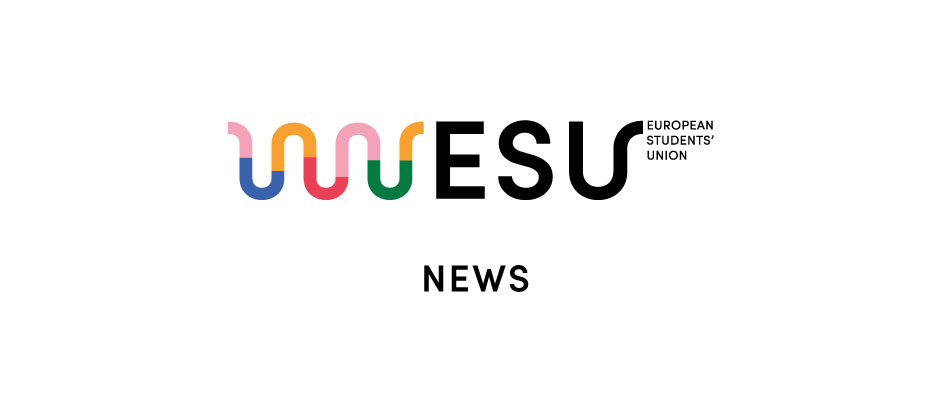
Annex to Statement on the future of SCL – Historical overview
The first mention of Student-centred learning (“SCL”) in the Bologna Process came with the London Communique in 2007. However, it is not to be considered a commitment, but rather ministers taking note of the effects of the policies implemented under Bologna in order to enhance the comparability and compatibility of higher education (“HE”) systems – promoting the Qualifications Framework of the European Higher Education Area (“EHEA”), establishing the European Standards and Guidelines on Quality Assurance (“QA”), introducing the third cycle, promoting mobility etc.: “There is an increasing awareness that a significant outcome of the process will be a move towards student-centred HE and away from teacher-driven provision.”
The next ministerial communique, from Leuven (2009), written as the economic crisis was looming in Europe, explicitly mentions SCL and ties with two specific objectives – developing the competencies for a changing labour market and empowering students to become active and responsible citizens. Furthermore, the first outline of the core features of SCL is presented: empowering students, new approaches to learning and teaching, support and guidance structures, curriculum based on learning outcomes, and flexible learning paths. Compatible with ESU’s perspective on SCL, the Bologna Process acknowledged that SCL is not merely a pedagogical concept but has a more profound and intimate link with the education system as a whole. At this point, SCL also became directly linked with other policy objectives of EHEA (e.g. learning outcomes).
The indirect definition (since no direct one was provided in any ministerial communique) was enlarged subsequently by the Budapest-Vienna communique (2010), which added the focus on the working and learning environment, the Bucharest communique (2012), which included the innovative teaching methods, as well as student participation in governance structures at all levels as a precondition to SCL, and the Yerevan communique (2015), which resulted in the most extensive expansion, including digitalisation as a tool for SCL, assessment methods, as well as full student involvement in curriculum design and quality assurance. During the Yerevan conference, a landmark achievement for ESU was the inclusion of SCL in the revision of the European Standards and Guidelines on Quality Assurance, both as a specific indicator for internal QA (Indicator 1.3) and as a transversal principle across indicators and guidelines.
From 2015, a shift has emerged from the evolving definition of SCL and building up the concept to the focus on the (lack of) implementation. Both the Bologna Process Implementation Report of 2015 (“BPIR 2015”) and the report of the Working Group on the implementation of key commitments (2018) mentioned that “SCL was not always clearly recognized as the main pillar of the European degree structure and was not sufficiently assimilated and implemented by the academic community” (BPIR 2015) and “SCL (and more in general curriculum reforms) was not sufficiently assimilated and implemented by the academic community.” Both pointed out the lack of a common understanding of SCL.
Pointing out the uneven implementation of SCL in Learning and Teaching around Europe persisted across several reflections of the development of HE in Europe, albeit with less focus. Instead, ESU believed that the topic should remain at the forefront of the agenda of the Bologna Process, repeating its demands and showcasing the lack of proper European-wide implementation of the SCL through the Bologna with Student Eyes publications. An indicator used by ESU, by no means aiming to be comprehensive, is whether the SCL is embedded in the internal Quality assurance processes. The results are highly unsatisfactory, with a majority of National Unions of Students pointing out that SCL does not have a central role, it should be placed on in internal QA processes.
ESU iterated with an expressive alarm in 2018, pointing out that “The unevenness of implementation of SCL is problematic to such a degree that it makes it questionable whether EHEA level policies even influence national levels to any significant extent”.
The last ministerial Communique (Rome, 2020) took note of these issues, however, with crippled implementation tools and mechanisms. As an annex to the Rome Communique, the ministers of HE approved the “Recommendations to National Authorities for the Enhancement of HE Learning and Teaching in the EHEA”, where they agreed that public authorities in charge of HE (that means themselves) should commit to make SCL a reality. In the action phase of making SCL a reality, the ministers mainly collect and reiterate the activities and specific policy objectives which have been considered across time as features of SCL. New mentions, however, can be found for micro-credentials, open education, and learning analytics, as well as more clearly enforcing the link between SCL and social dimension.
